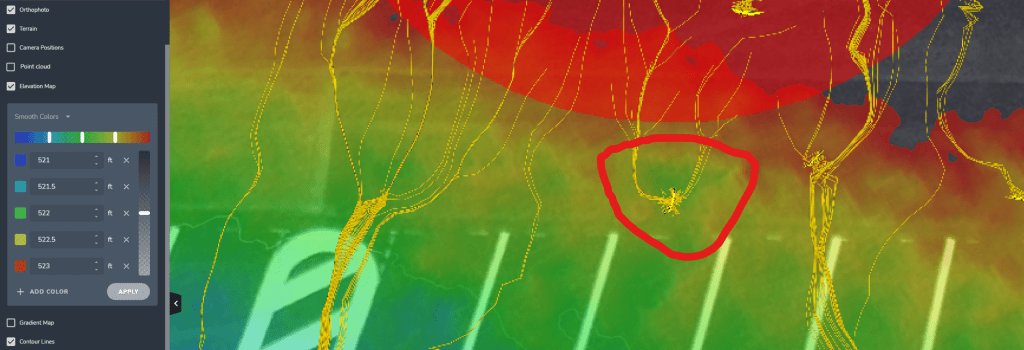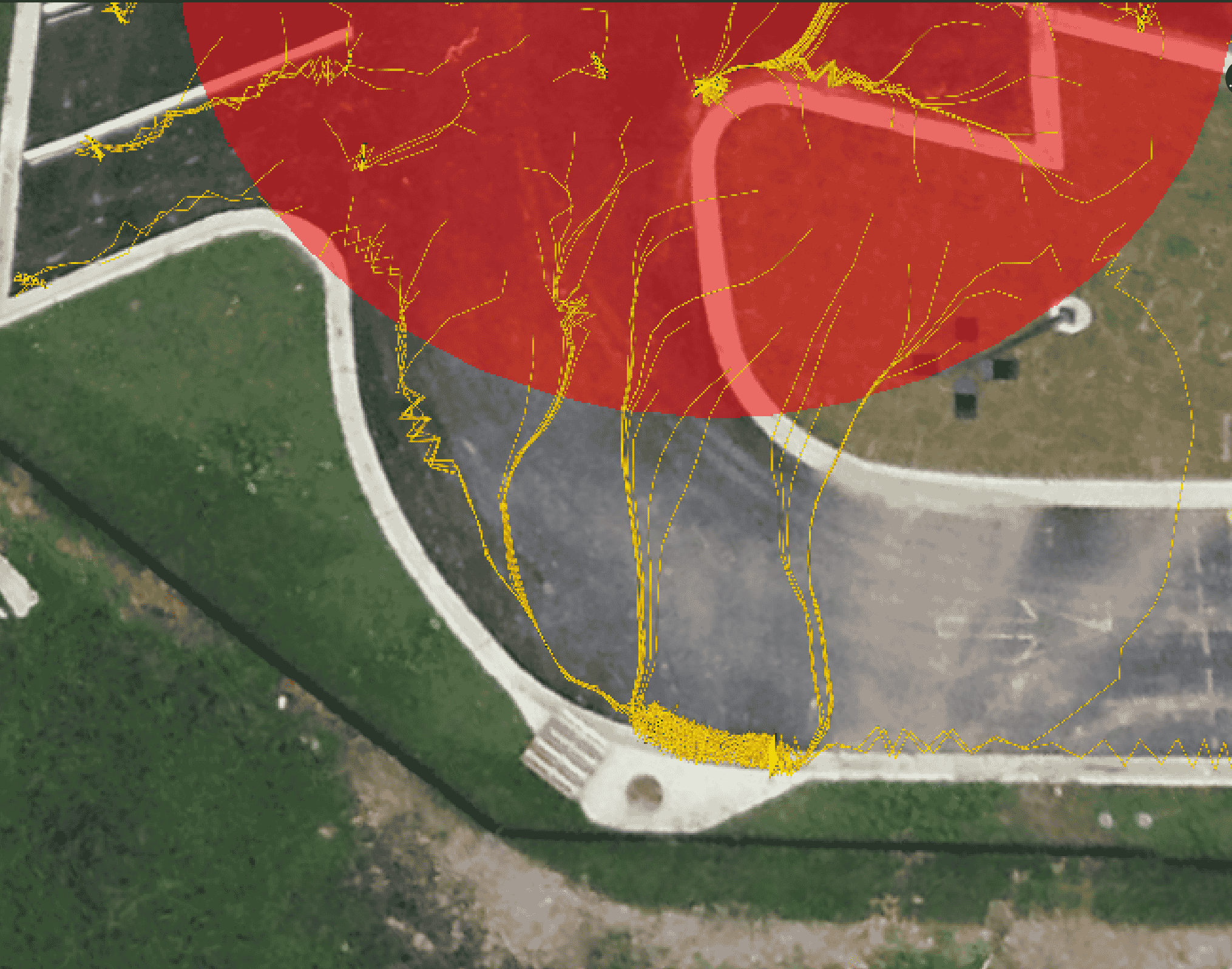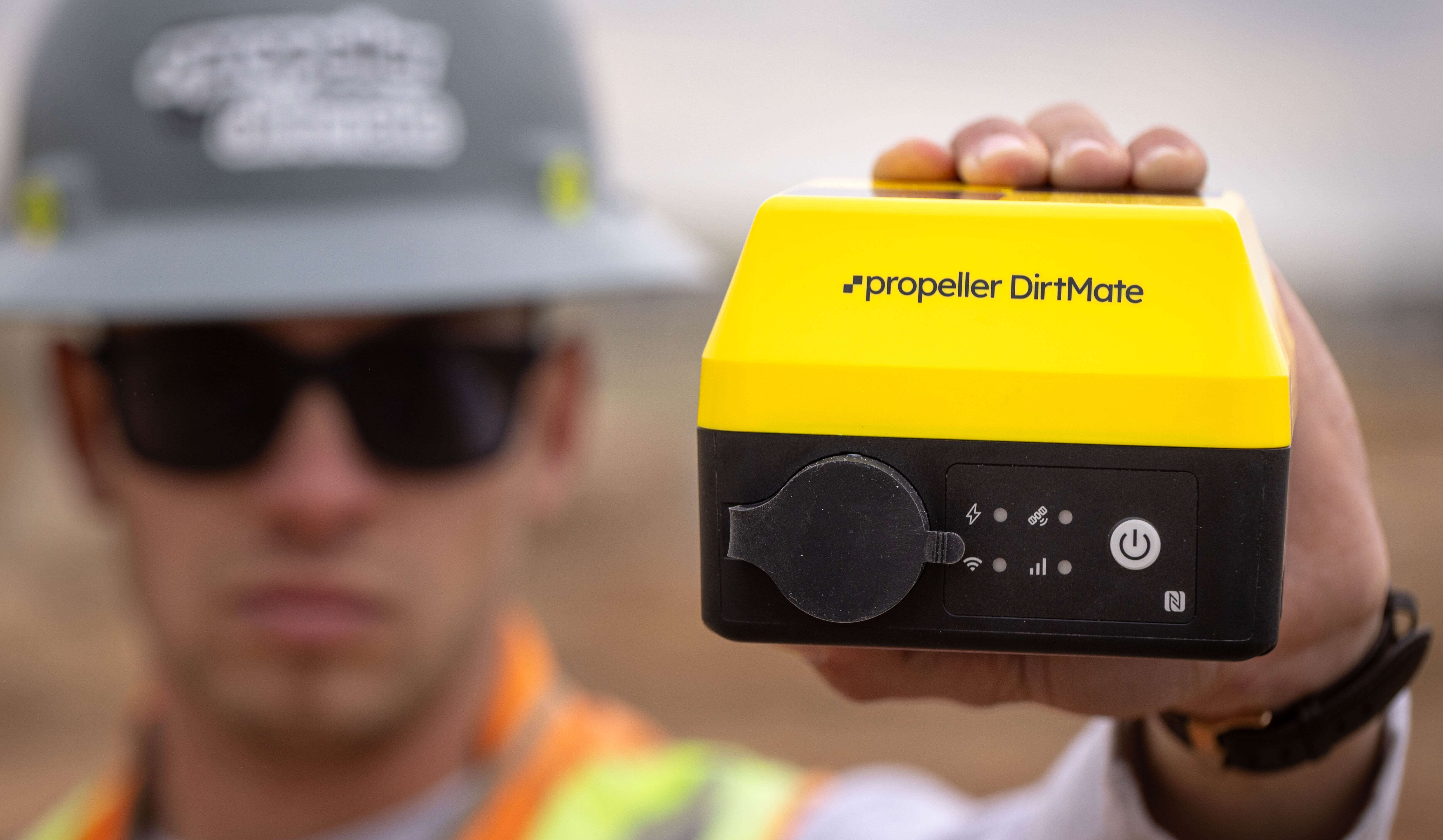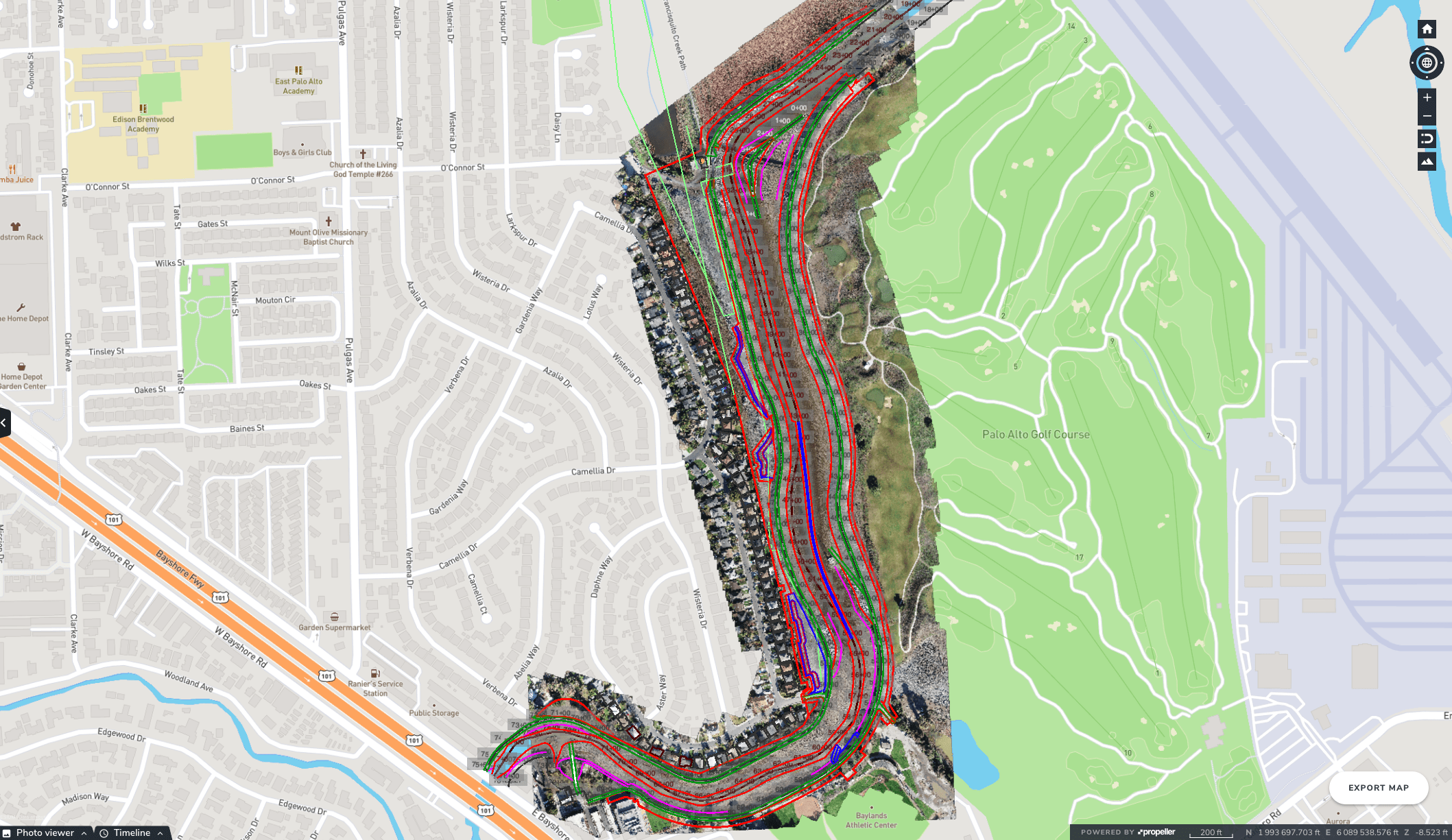Earthworks sites around the world constantly have to prepare and plan for significant weather events that could impact their workflow and project progress, including flowing and standing water due to heavy rainfall. Now, you can measure and analyze the potential impact of these sometimes unforeseen events across your worksite by using Propeller’s new Hydrology platform feature. Here, we explain how the feature works.
Located under the Propeller Platform’s Surveys tab, Hydrology provides you with an easy way to quickly visualize or forecast how heavy rainfall or other flowing water could affect your worksite, based on the current topography and terrain. The feature includes two options: Flow Lines and Liquid Drop Analysis:
Flow Lines – Selecting “Site Flow Lines” from the left navigation displays lines across your site showing how significant rainwater or other water streams could flow across the terrain. It can also highlight where you could see significant high water flows, as well as where standing water could collect. Within the platform you can navigate across your site and select the specific area you want to analyze for water flow.

Liquid Drop Analysis – This function focuses on a specific area of your site that you select from the left navigation of your dashboard. Next, you outline the radius of the spill/flow you want to view, and click on the map to start the simulation of the water flow. You can review the simulation as many times as needed and can also adjust the radius size of the area you want to analyze.

“We can use the liquid drop analysis function of Propeller’s Hydrology feature to make sure that water will flow from the high point of our asphalt projects to the correct draining areas before putting the final lift of asphalt down,” shared Josh Boomershine with Dunn Construction. “If we spot a problem, it’s cheaper to fix the binder layer than fix the final surface layer.”
Assisting with Your Overall Site Management
Hydrology can help you with your broader site analysis. For instance, if you work with large clearings or asphalt lots, you can use the visualization of flow lines to communicate to your project stakeholders and regulators, such as the EPA. The data that the Hydrology feature provides can help to reduce potential water runoff problems like flooding or pooling.
It can also help you quickly understand if pits on your job site are adequately set up to handle stormwater runoff, or if your site is experiencing limestone erosion, which is hard to detect by sight. Hydrology can help keep your workers safer too. Using the overlaying flow lines of your site enables you to spot possible sinkholes before they cause an accident, which reduces the risk to your workers and machinery on site.




